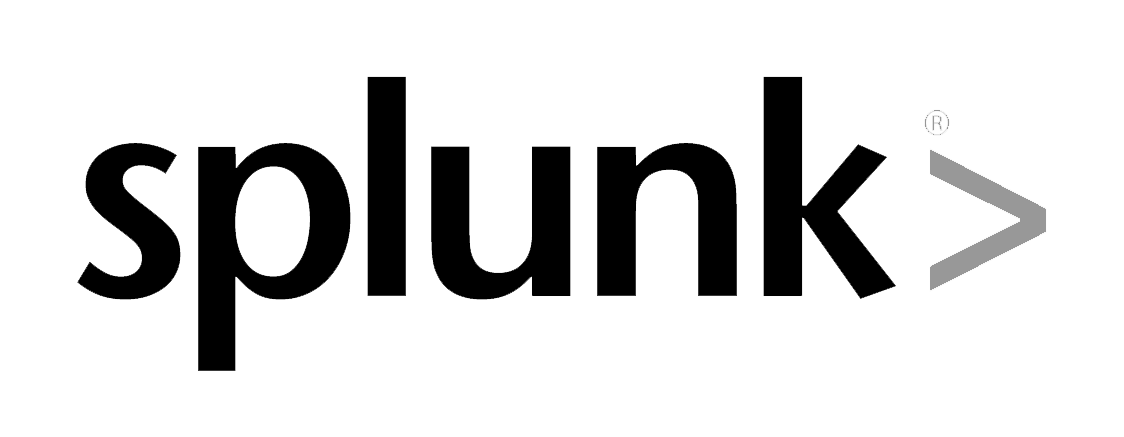People are sharing information. It’s just agencies have struggled with how do they capture what’s being given to them, frankly, freely, and use it to make better decisions and take action.
Juliana Vida
Chief Technical Advisor, Public Sector, Splunk
A lot of that information that citizens are giving is lost. It’s not harnessed. It’s not harvested. It’s not used for any purpose. And that is what Splunk does. We can suck up all that content and make it usable so that the government can actually make decisions and move faster.
Juliana Vida
Chief Technical Advisor, Public Sector, Splunk
The latest data on IT modernization efforts across the government shows a lot of good news.
If you look at the key performance indicators the Office of Management and Budget releases as part of the President’s Management Agenda, you will see 75% of all agency email is in the cloud. That is up by three percent over December 2018.
If you look at the latest Federal IT Acquisition Reform Act or FITARA scorecard, you will see more grades of “A” than ever before. Agencies really took the requirement to manage their software licenses to heart with 20 of 24 agencies receiving the highest grades for that effort. 14 of 24 agencies received “As” or “Bs” in the areas of portfolio reviews and transparency and risk management.
So there is a lot of progress in those areas too.
The biggest surprise from both OMB’s IT modernization results and the FITARA scorecard is cybersecurity. Both of these reviews indicate agencies continue to struggle with securing their networks and data.
Under FTIARA, for example, there were 3 “As” and 4 “Bs” so 7 of 24 showed they are doing well.
Under the PMA key performance metrics, OMB says there has been more progress on specific initiatives like software and hardware asset management where 17 and 16 agencies, respectively, have met the goals. But you see continued struggles around important protections like intrusion detection and prevention and authorization management.
And if you remember the whole reason agencies are on this modernization journey is because of the stark realization back in 2015 that these old systems, this technical debt, were too hard to protect and only getting harder.
Juliana Vida, the chief technical advisor public sector for Splunk, said there is hope and there is opportunity, both of which can be found in the data.
“People are sharing information. It’s just agencies have struggled with how do they capture what’s being given to them, frankly, freely, and use it to make better decisions and take action,” Vida said on the Innovation in Government show. “You’ve got to focus on the base. It’s like building a house on sand. The technologies are there, but without the right focus on harnessing, capturing, analyzing and using the right data, they are sub-optimized.”
To gather and make sense of the data, Vida said agencies need to institute a culture change. She isn’t talking about the often trite expression that comes with every new technology initiative. Rather, Vida said agencies need to adjust and adapt to their customers’ modern needs and habits.
“The vision should be modernization to execute on the mission,” she said. “When we talk with agencies and customers, we try to tie their technical needs to their mission. That’s really the only way to be successful. That includes keeping people educated, making sure they get training opportunities and making sure they see themselves as part of the future vision and not just doing the same job that they’ve done for the however many years because things are changing too fast.”
One thing agencies need to keep in mind is who really is their customer and how are they interacting and collecting information from them.
“A lot of that information that citizens are giving is lost. It’s not harnessed. It’s not harvested. It’s not used for any purpose. And that is what Splunk does. We can suck up all that content and make it usable so that the government can actually make decisions and move faster,” Vida said. “Most agencies have a website, a presence or a community of interest. But the problem whatever information is coming from that customer community is often not leveraged. It’s not leveraged in a way that informs policy or informs technology buying decisions or informs future strategy. It’s a nice to have.”
Vida said all of this is information is considered “dark data.” She said only about 30% to 40% of all the data available is ever used.
“There is all this untapped dark data that could be helping to drive better decisions, but it’s never discovered,” she said.
As agencies tap into that “dark data,” they will need help processing and analyzing it. Vida said that’s where the cloud artificial intelligence, machine learning and robotics process automation can play larger roles.
“Often what I’ve seen at a federal employee myself and then with industry is the data piece has been pushed off to the side because it’s hard. There are privacy issues. There are legal issues. The data strategy has been slow to come along because that’s the hard piece,” she said. “Without getting your arms around that, you will not get to a real efficient cloud instance or hybrid instance.”
Federal Chief Information Officer Suzette Kent recently talked about the data strategy can get agencies to the cloud and modernized technology faster.
Vida said the strategy will help agencies and vendors think about data and what technologies they need.
“The challenge that we often see is how agencies will go about capturing their data, what vendors they will partner with and what technologies and capabilities do they actually need. Those details are really important,” she said. “It’s one thing to have a 10 year modernization plan. It’s another to empower the agencies and the operators within those agencies to go after the technologies they need, to get out there and talk to the vendors and quickly get those capabilities because they are moving too fast. In my opinion, one of the biggest challenges is all the bureaucracy in place, the paperwork, the process and the processes. That is old legacy thinking. That is not the thinking that is going to get the right capabilities into the hands of users, citizens, warfighter and those who want to make the world a better place.”
 About Splunk
About Splunk
Splunk Inc. (NASDAQ: SPLK) was founded to pursue a disruptive new vision: make machine data accessible, usable and valuable to everyone. Organizations use market-leading Splunk solutions with machine learning to monitor, investigate and act on all forms of business, IT, security, and Internet of Things (IoT) data. Use Splunk software in the cloud and on-premises to improve service levels, reduce operations costs, mitigate security risks, enable compliance, enhance DevOps collaboration and create new product and service offerings. Join millions of passionate users by trying Splunk software for free: www.splunk.com/free-trials.
Copyright
© 2025 Federal News Network. All rights reserved. This website is not intended for users located within the European Economic Area.



 About Splunk
About Splunk




